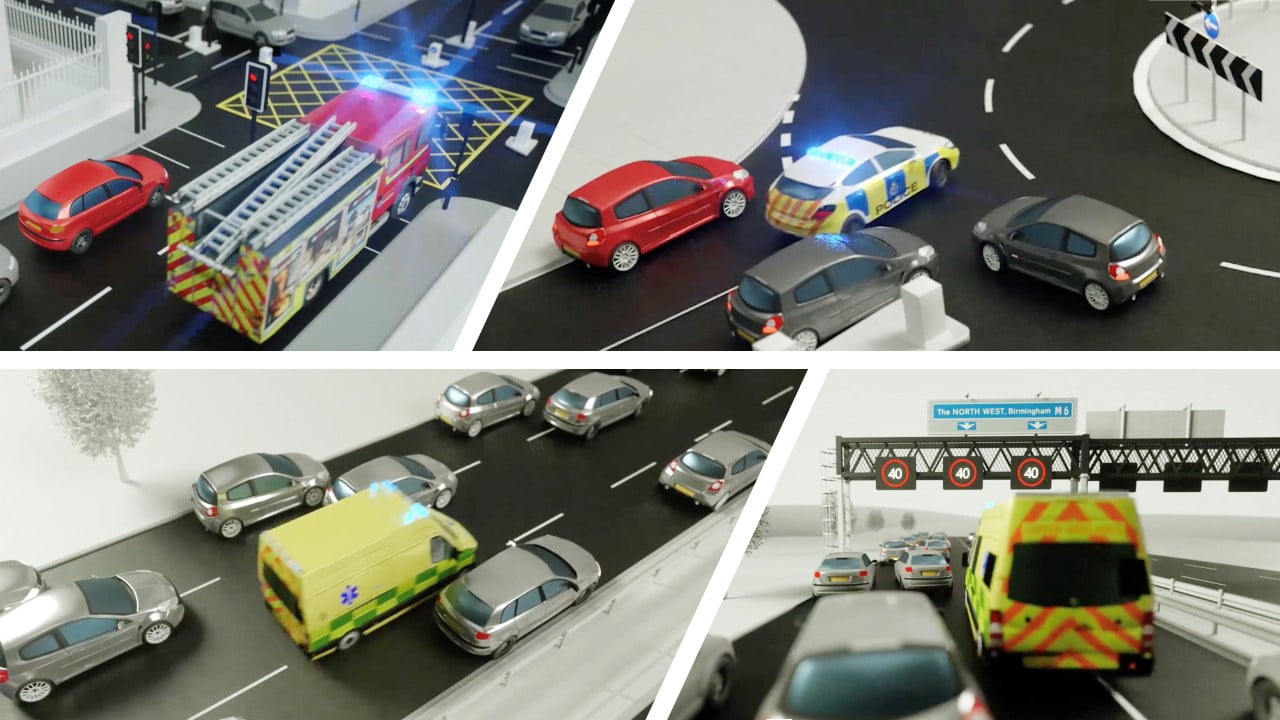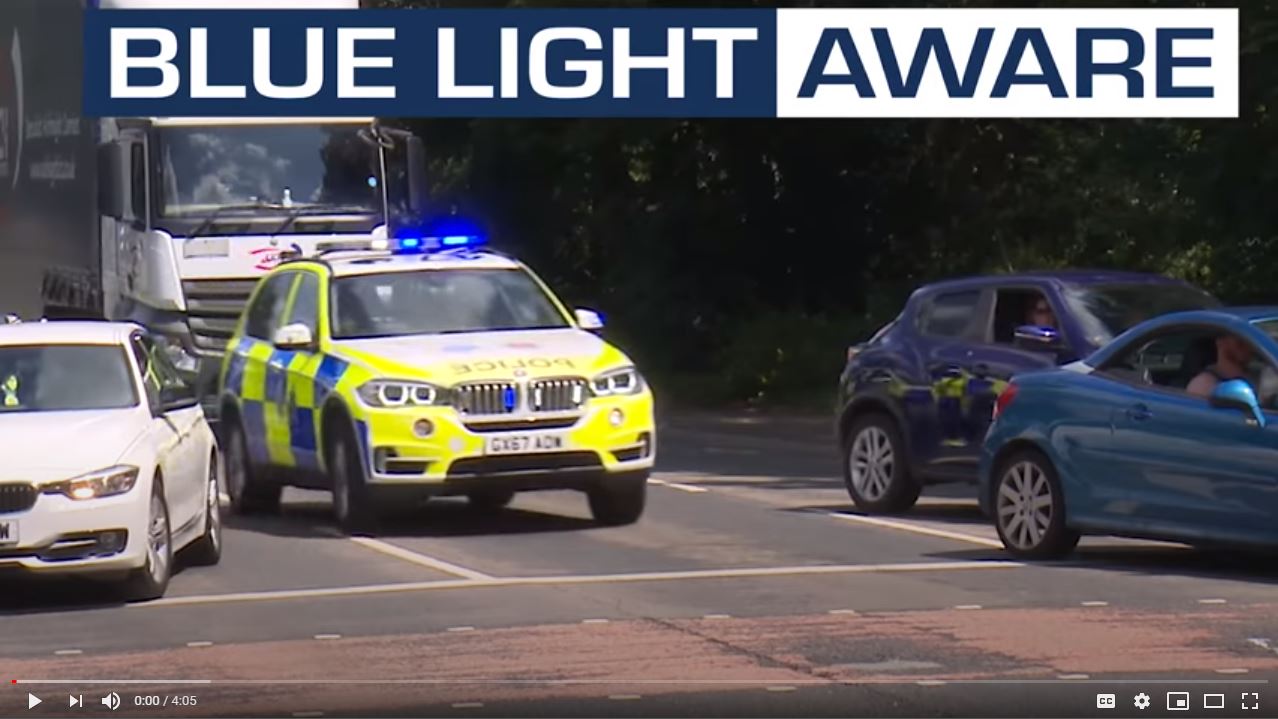
9 September is Emergency Services Day, a government-backed scheme promoting awareness and appreciation of the important work carried out by all those who work in the emergency services. This makes today an appropriate occasion for us to remind drivers and other road users of the role that they play in supporting the police, fire brigade and ambulance services as they respond to emergencies.
At one time or another, almost all drivers and riders will encounter a vehicle on its way to attend an emergency. The way they respond is often crucial in allowing the vehicle to make unhindered progress, while also minimising the danger to surrounding road users, and some may find such situations confusing or stressful.
#bluelightaware
Blue Light Aware is an educational campaign aimed at improving awareness and understanding of the safest ways to respond when emergency service vehicles are present. The campaign, by Highways England, Driving for Better Business and breakdown organisation GEM Motoring Assist, runs for the whole of September and focuses on some of the key scenarios in which drivers will be required to change speed or position to allow a ‘blue light’ vehicle to pass, in accordance with Highway Code Rule 219, which states:
Emergency and Incident Support vehicles. You should look and listen for ambulances, fire engines, police, doctors or other emergency vehicles using flashing blue, red or green lights and sirens or flashing headlights, or traffic officer and incident support vehicles using flashing amber lights. When one approaches do not panic. Consider the route of such a vehicle and take appropriate action to let it pass, while complying with all traffic signs. If necessary, pull to the side of the road and stop, but try to avoid stopping before the brow of a hill, a bend or narrow section of road. Do not endanger yourself, other road users or pedestrians and avoid mounting the kerb. Do not brake harshly on approach to a junction or roundabout, as a following vehicle may not have the same view as you.
‘Blue light’ situations can occur on all types of roads, and drivers must remain mindful of signs and road markings that govern where they may pull over or stop, and of the associated safety considerations. A helpful series of videos has been created to cover some of the scenarios that many drivers may be uncertain about, including smart motorways, roundabouts, traffic-light-controlled junctions and rolling roadblocks, and choosing safe places to stop. You can watch the first video in the series via the link opposite.
In all situations, it’s important that drivers can remain calm and respond in a way that does not cause further confusion or give rise to an additional hazard.
IAM RoadSmart membership for emergency service drivers
In acknowledgement of the high standard of their existing driving qualifications, emergency service drivers qualify for IAM RoadSmart membership without having to take a further Advanced Driving test. Known as Membership by Exemption, this route to IAM RoadSmart membership is also available to drivers with a range of other professional driving certificates. For more information or to apply, please click below.
Advice for business drivers
Business drivers are among those who cover the highest mileages, so they have a relatively high likelihood of encountering emergency vehicles in their daily lives, and this may happen in unfamiliar surroundings. We’d encourage all employers to share the campaign with their employees to help keep them and others safe, and to make sure they’re ready and able to help the emergency services as they go about helping us.
For more information:
- Visit Blue Light Aware
- View our tips for responding to emergency vehicles
For more insights, whitepapers and road safety tips visit our FREE RESOURCES page



